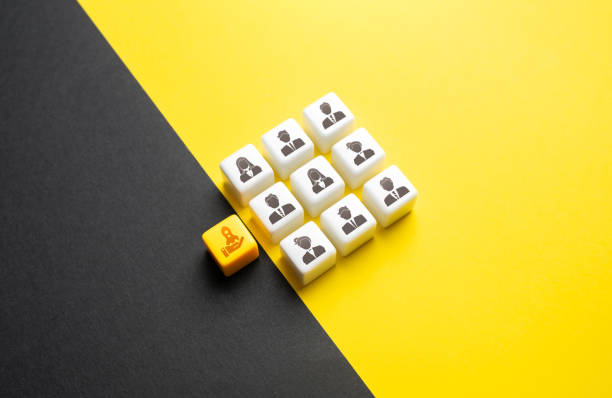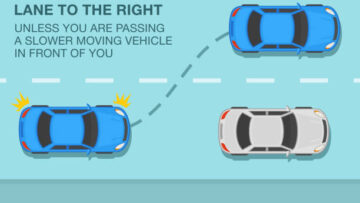The Netflix Prize was awarded in 2009 to the team that created the algorithm that predicted the enjoyment subscribers would get from a given movie based on past viewing habits.
These “innovation contests,” conducted in-house or globally, can help crowdsource innovative, practical solutions for various problems. “Innovation competitions are increasingly popular in all domains,” says Kostas BIMPIKIS, professor of operations information technology at Stanford Graduate School of Business. “Opening up challenging problems to everyone results in many cost-effective solutions.”
What kind of contests encourage the most innovative solutions?
Bimpikis, Shayan Ehsani (opens in a new window ), and Mohamed Mostagir studied this question to determine when contestants should be informed of progress. The authors of ” Creating Dynamic Contests” found that providing participants with updated information at regular milestones produced the best results. This finding has implications outside the business world.
Incorporating Uncertainty
Innovation contests are instrumental when addressing challenging, open-ended problems with much uncertainty. Bimpikis says that the tension comes from both not knowing how to solve a problem and if a solution can be found.
Researchers built a model for innovation contests based on three key features: the uncertainty of the best solution or whether it even exists. These milestones represent progress in the direction of the best solution and the effort put in by participants.
Bimpikis says, “We were particularly interested in understanding the effect of information provided to contestants about their progress and that of others towards the goal.”
Hearing others’ progress has contradictory effects. Knowing that others have made progress might discourage competitors who feel they cannot win and stop trying. However, hearing that other participants are progressing may encourage competitors to imply that the contest can be won. This can stimulate more significant effort.
To reach a faster solution, the critical question is how to best share information about progress with all participants. This usually takes the form of rewards. Bimpikis suggests creating a leaderboard where everyone can view it in real time. You can also wait to provide information until the winner is announced. These are the extremes of contest design.
Milestones to be Considered
According to the research, the best contest design rewards participants who reach key milestones.
Bimpikis suggests that if the goal is to improve something by 10%, you could award a prize for reaching 4% or 8% of the milestones.
The broad announcement of these awards shows the participants’ progress. It encourages others to put in more effort because they can see the possible improvement. This leads to the most efficient solution.
The model showed that the best results were achieved by randomly selecting one participant or sharing the award with all those who had reached the milestone within a specific timeframe. This was better than giving the award exclusively to the first person to reach the milestone.
From Corporations to Classrooms
The findings have implications for learning and innovation across all domains.
Bimpikis states, “Sometimes, these contests may not be about reaching a specific level of improvement – like 10% – or other goals. They might just be about going as far as possible in a particular effort. For example, how to best build a driverless vehicle.”
He gives another example from the real world: In 2000, Goldcorp awarded cash prizes to participants who used proprietary geological data from 1984 to help them discover gold on their landholdings. The contest led to finding of new gold deposits worth $6 billion.
Contest designers could share regular information on how participants are doing and what they have done, either with or without rewards for the leaders. Bimpikis points out that the downside of this design is that it may encourage participants to stick to approaches that work best in the early stages of the project due to the information that’s shared. This could limit the methods that are explored.
Researchers’ findings can be applied to a school environment, as sharing information about students’ progress toward specific learning goals could optimize results. Bimpikis says that while students may want to maximize their aggregate learning, teachers are more interested in maximizing student grades. Teachers can then strategically share information to encourage those who perform well while not discouraging those who are lagging.
Ultimately, he says, “designing information-disclosure policies carefully for innovation contesmany ton of benefits.” That can be true for everything from improving movie recommendations to finding gold to enhancing student learning and other domains yet to be explored.




